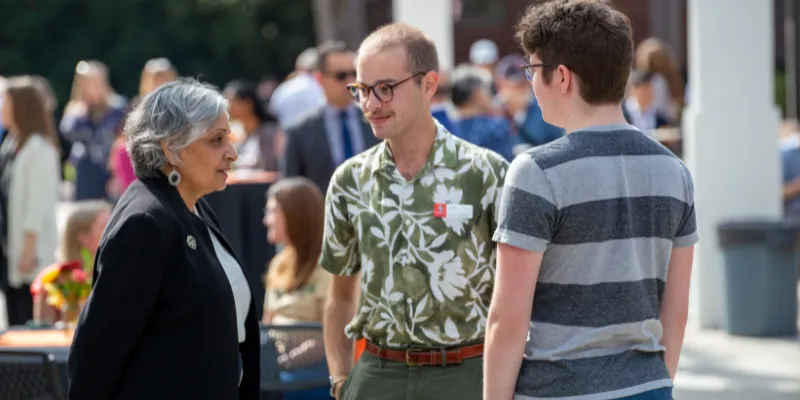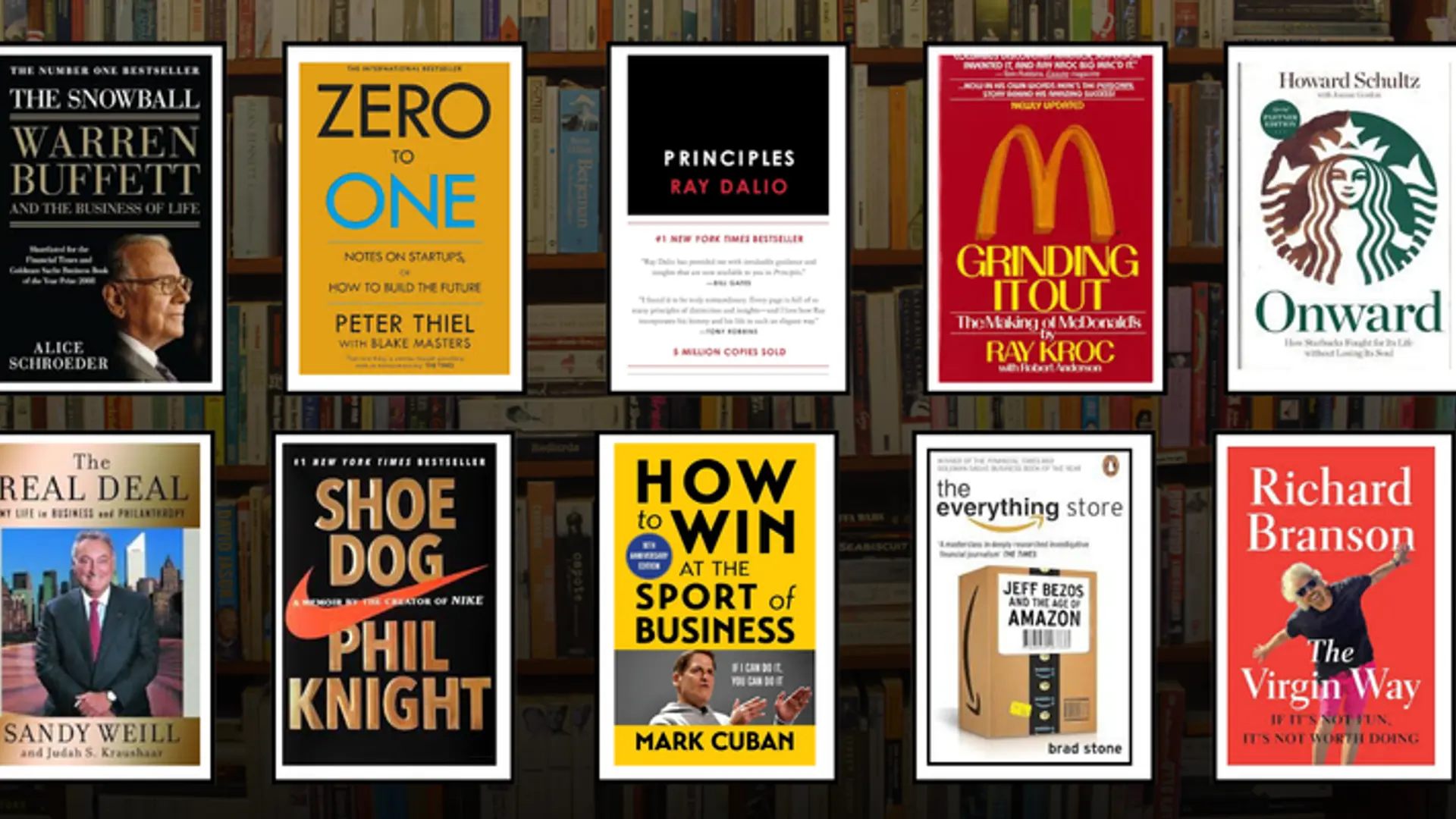Meet Jayathi Murthy, the first woman of colour to head Oregon State University
Jayathi Murthy is the first woman of colour appointed as President of Oregon State University (OSU). The Indian-born educator has many other firsts to her credit, including being the first woman to be department chair for mechanical engineering at UT Austin, and lead the UCLA School of Engineering.
Last year, Jayathi Murthy, an Indian-born eminent educator, was appointed as the President of Oregon State University (OSU), the first woman of colour to lead the university.
An Indian Institute of Technology (IIT) Kanpur alum, she is a leader in higher education engineering teaching, research, and service. Jayathi assumes leadership of Oregon State at a time when Oregon’s largest university has set records in enrolment, research, and philanthropy. In October 2022, OSU and OSU Foundation launched a major fundraising and engagement campaign with an aim to raise $1.75 billion to support a range of priority initiatives.

Jayathi with students at Oregon State University
In a conversation with HerStory, Jayathi Murthy talks of her growing years in India, education at IIT-Kanpur, her move to the US and a career of many firsts.
Edited excerpts from the interview:
HerStory (HS): Congratulations on your appointment as President of Oregon State University (OSU). What does the road ahead look like?
Jayathi Murthy (JM): At the end of my first quarter at OSU, I can say it’s been a great ride.
As the premier public land grant university in the state of Oregon, serving the entire state has great meaning. We are public because we are funded by the state and have a strong access mission. We want to be accessible to all learners in Oregon who are prepared to enter our portals with dedicated student access.
There are quite significant achievement gaps which come from socioeconomics, demographic equities, and historic equities, and so student success and closing of these gaps is going to be a pretty big part of what we take on.
With the state known for fisheries, forestry, agriculture, and investments in tech, there are partnerships we work on to solve issues and work on solutions. It’s a diverse institution with a huge imprint across Oregon and I am excited!
HS: Your focus will be on diversity and inclusion as well…
JM: Though I am the first woman of colour to lead the institution, I can tell you that OSU has been dedicated to inclusive excellence long before I got here, and the drivers are numerous.
The state of Oregon is changing demographically, diversifying very rapidly and as a public institution, we are focused on providing access to all the demographics that reside in Oregon. Beyond that, we have the native American community here in Oregon and we are dedicated to ensuring student access for those communities.
HS: Can you tell us about your growing years in India…
JM: My dad was a civil engineer working for Indian Railways and my mum was trained as a marine zoologist. She did not work outside the home, but was a scientist, and so I grew up in a household that was pretty science oriented. We lived all over India and finally ended in Hyderabad, when my dad took a job in the city. Science and math were a big part of growing up. When the time came to choose college, I was encouraged by my parents to do what I liked, and I chose engineering and studied at IIT Kanpur.
HS: There were not many girls studying in IIT in those days…
JM: I don’t think there are nearly enough now either, but in those days, even fewer. We were two women in my class and among the earliest women to enter the institution. I could say that my parents were incredibly courageous to just sort of let me go, and I don’t think I understood what I was taking on.
HS: How did your years at IIT-Kanpur shape you?
JM: There are some very smart people in the institution. And so, finding your feet there took time. Not only were there very few women in the institution, there were no social structures. It was an evolution for all of us. Young men and women did not interact all that much, but I am sure that picture is changing now. So, to find yourself in an institution that was largely male, and getting used to each other and learning how to talk to each other, the first year was hard. As the years went on, I found my group of friends, and got lots of support from them, and they are my friends to this day.
HS: Wasn’t mechanical engineering an unconventional career choice…
JM: For me, the attraction was that it was not a conventional choice. Interestingly, both the women in my class chose mechanical engineering. I remember being told when I chose mechanical engineering that I would not get a job, I would get a degree, that nobody was going to employ a mechanical engineer, so that was at the back of my mind but strangely enough, when it came time to graduation, I remember taking three interviews and getting all the three jobs.
HS: Was moving to the US a natural academic progression?
JM: My IIT K prep was so solid that academically, it was very easy for IIT Kanpur was set up by a consortium of US universities. So, the grading system, the way the things were taught, the textbooks were really familiar, the transition was easy. The US was a dream come true - with research and opportunities. I had an assistantship, money in my pocket and the freedom to explore a whole new country.
HerStory: While you progressed in academics, you also took a break from it…
JM: I got my doctorate at the University of Minnesota and my PhD advisor, Suhas Patankar, used to be a professor at IIT Kanpur. My field of work is fluid mechanics and I work on the simulation, the computation side where we do computer simulations of the flow of fluids of all kinds--flows around cars which determine aerodynamics and airplanes, and you know many different things like that. Then, some of my graduate students, friends from his research group, were part of a consulting company that was thinking about creating software in the field of computational food dynamics, and asked if I wanted to join. It turned out to be a phenomenal 10 years for me. Until then I was very academic, but going out into a small startup and building software, deploying it across industry, and meeting people from different industries was a huge learning experience.
I have always loved teaching, there is just a huge amount of satisfaction that I get from it. I could have done research in the company, but there was no way to teach in any kind of consistent way, particularly in a startup. I felt if I didn’t come back then, that would be it. I left the company, came back to academics to teach at Carnegie Mellon, and built an academic career from there.
HS: You also were at UT Austin and the Dean at UCLA, Henry Samueli School of Engineering and Applied Science, can you tell us more about your work in those two universities?
JM: I was working in Purdue for a long time. I landed a role in a large centre from the Department of Energy, on computations in small scale systems and microsystems and really enjoyed running it. We had a lot of faculty and students in the centre. I did not want any kind of administrative role–just wanted to do research in teaching, but running the centre kind of opened my eyes to the satisfaction of helping people achieve their goals in the centre, and understanding that teams matter. It opened my eyes to some of the possibilities of academic administration and how much impact one could make. I became department chair at UT Austin for mechanical engineering, the first woman to hold the position. I got the opportunity to run the UCLA school of Engineering, where I was also the first woman again.
HS: While there is a large number of women entering tech, companies say it’s difficult to sustain them. What are the challenges holding women back?
JM: We see many women taking on leadership roles as undergraduates and in academic institutions, but when they enter companies, lots of women drop out, and there are a number of reasons for it.
The climate for women in strongly tech companies is not very encouraging for some women, because women do not get the support they deserve.
There is also the disproportionate burden that come from family responsibilities, as women take on family roles much more strongly.
HS: You were also on the jury of the Infosys Prize? Can you tell us about the experience?
JM: What is wonderful is that I get to see the work that is happening all across India. There are institutions and individuals doing some really great work, and every year I come across these phenomenal resumes, where the level and volume of work is pretty impressive. We have awarded the Infosys Prize to phenomenal women and I am actually quite blown away by what’s going on.
Edited by Megha Reddy







